DOI: 10.13140/RG.2.1.5083.0164
ABSTRACT
Intensity of recommendations: Weak in favor of the technology.
Technology: Noninvasive home mechanical ventilation.
Indications: Use in patients with respiratory failure.
Technology characterization: Mechanical ventilation is achieved through the use of devices that intermittently inflate the airway with air volumes. Currently, there are two ventilation devices available in the Unified Health System for home care to patients with respiratory failure: CPAP (Continuous Positive Airway Pressure) and BiPAP (Bilevel Positive Pressure Airway).
Question: Is home mechanical ventilation effective and safe for treating patients with respiratory failure?
Search and quality of scientific evidence: We searched the Cochrane Library (via Bireme), Medline (via Pubmed), LILACS and Centre for Reviews and Dissemination (CRD). Systematic reviews (RS) and randomized controlled trials (RCTs) were included. Studies evaluated the efficacy and safety of noninvasive home mechanical ventilation in patients with respiratory failure. Studies comparing types of noninvasive home mechanical ventilation (CPAP and BiPAP) or noninvasive home mechanical ventilation and hospital noninvasive mechanical ventilation or standard therapy were evaluated. The quality of the RS was evaluated according to the GRADE system, and the ECR by the modified GRADE.
Summary of the results of the selected studies: We selected four ECR and RS, whose quality ranged from low to moderate. Five studies evaluated efficacy and two studies safety. Studies have shown that there were no statistically significant difference for most efficacy outcomes (arterial oxygen pressure, arterial carbon dioxide pressure, pH, oxygen saturation, bicarbonate concentration) between CPAP and BiPAP, noninvasive home mechanical ventilation and hospital noninvasive mechanical ventilation, BiPAP and usual care, noninvasive mechanical ventilation plus usual care and usual care alone. Only statistically significant differences favoring the BiPAP in outcome arterial oxygen pressure, against the usual therapy and recurrence acute hipercapnic respiratory failure and sleep quality score, against CPAP. Regarding the baseline characteristics, the noninvasive home mechanical ventilation improved clinical parameters of patients (carbon dioxide pressure, arterial oxygen pressure, oxygen saturation, bicarbonate concentration) between 3 and 12 months follow-up, which is suggestive of efficacy. In the studies it was observed more adverse events with BiPAP than with CPAP. The most frequent adverse events were nasal congestion and discomfort, being observed only one serious adverse event (not specified) in one study.
Recommendations: Based on the latest scientific evidence available, we weakly recommended the use of the evaluated technology. We emphasize that the CPAP and BiPAP technologies are already provided in Brazil by the Unified Health System, as well as the home monitoring service as provided for in the National List of Health Actions and Services (RENASES, Relação Nacional de Ações e Serviços de Saúde). We found no results on mortality with the use of these devices versus standard therapy. Evidence found revealed superiority of BiPAP against the CPAP, with respect to acute respiratory failure and Pittsburgh Sleep Quality Index scores. Both technologies are not recommended for patients unable to mobilize secretions and maintain patency of the upper airway and integrity of swallowing mechanisms.
Full content in Portuguese


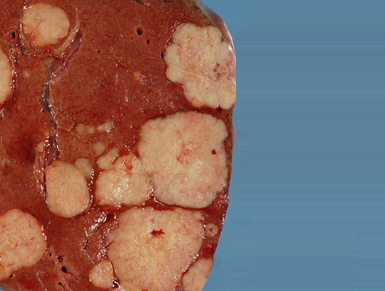
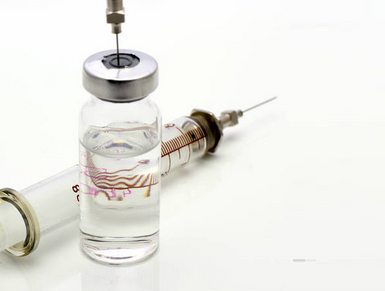
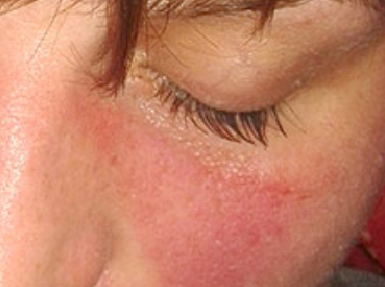
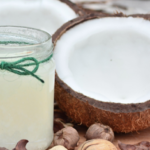

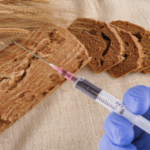
























Adicionar Comentário